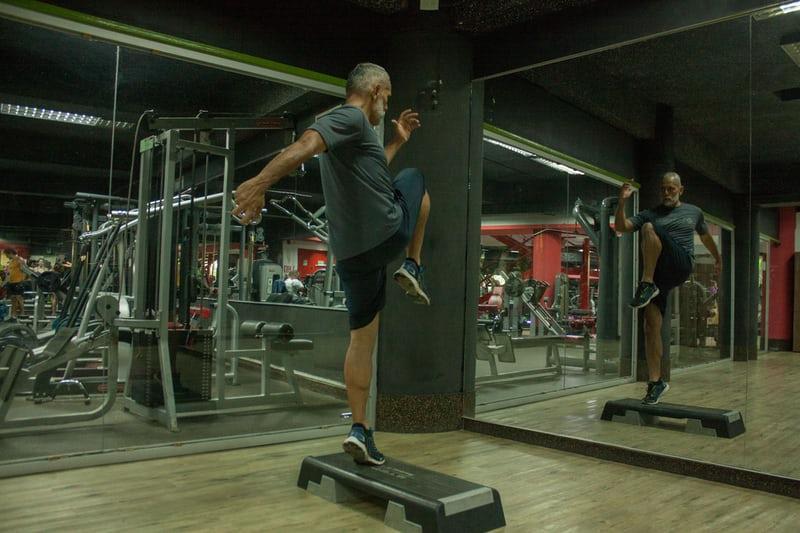You’ve likely seen HIIT workouts marketed as the ultimate in fat-burning exercise. And the science is there to back up its fat-fighting power. So why is HIIT training effective? And what are some pros and cons? Considering both these factors, we’ll help you decide whether HIIT training is the right choice for you.
The Science Behind Why HIIT Training Is Effective
One important reason is the amount of oxygen your body is consuming during a HIIT workout. Because you’re working at a high intensity for a low period of time, your body is using a ton of oxygen to perform that interval and then recover, bringing your heart rate back down. You use more oxygen than steady-state cardio like walking on an incline treadmill. And what’s more, HIIT training promotes EPOC, or exercise post-oxygen consumption. This means that the oxygen effect continues well after you’ve trained. This is why people say with HIIT you’re burning fat and calories “all day,” because that effect does continue for several hours.
Another way is that HIIT promotes lean muscle growth. And the more muscle you have, the faster your metabolism at rest, which equates to more calories burned throughout the day. This is a more gradual process, but still a great benefit of HIIT.
Pros
1. It’s incredibly efficient.
For busy lifestyles, HIIT allows you to burn the amount of calories twice as fast as steady state cardio. And if you’re doing HIIT right, it should be intense enough that you physically can’t do it for longer than 30 minutes at most. It’s quick but extremely effective.
2. It’s actually fun!
You’re way less likely to get bored or burnt out from your workout routine. If you’ve done a long treadmill workout multiple times in one week, you might feel the boredom that comes from that repetition. But HIIT is so versatile, you can constantly switch it up. If you’re at the gym, you can do HIIT on a treadmill, bike or stair stepper (look up treadmill/bike/stairs HIIT on Pinterest for ideas). If you’re at home with no equipment, there are hundreds of HIIT workouts on YouTube using nothing but your own body that will really get your heart racing and torch calories.
3. It will preserve muscle.
When starting a cardio routine, it’s common to see some muscle loss. Generally, muscle is easier to lose than gain. This can be disheartening if you’ve worked hard for your muscle but simply want to lose a little fat now. Muscle weighs more than fat. So losing muscle can actually negatively impact what you see in the mirror even if the number on the scale is going down. But HIIT uses your muscles more than steady-state cardio, so you’re incorporating resistance training with cardio, especially if you’re doing bodyweight exercises like jump squats or burpees. This will help your overall body composition goals.
Cons
1. It can take longer to recover from.
If you like to work out every day, you’ll need to sprinkle in some exercises other than HIIT throughout the week. This is because HIIT is really hard on the muscles and the nervous system. Both systems can become fatigued and overloaded if you incorporate too many HIIT days, leading you to a potential injury or just burnout. We need to rest our muscles, so keep that in mind with the intensity of HIIT.
2. It’s not the best for those who need modifications.
Because of the nature of its intensity, it’s difficult (but not impossible) to modify for those who need a low impact/non jumping workout. If you’re dealing with an injury, jumping into a HIIT routine might not be the best step for you. Starting with more low-intensity cardio and resistance training is likely a better approach.
